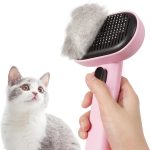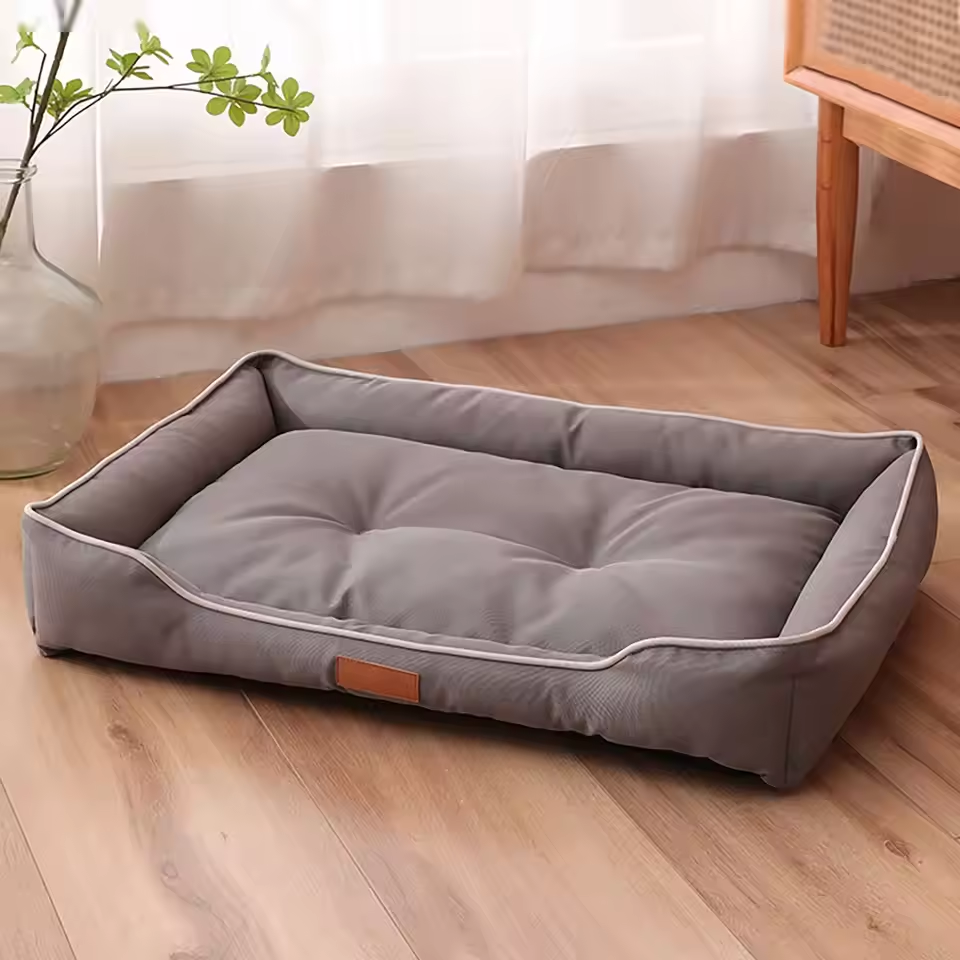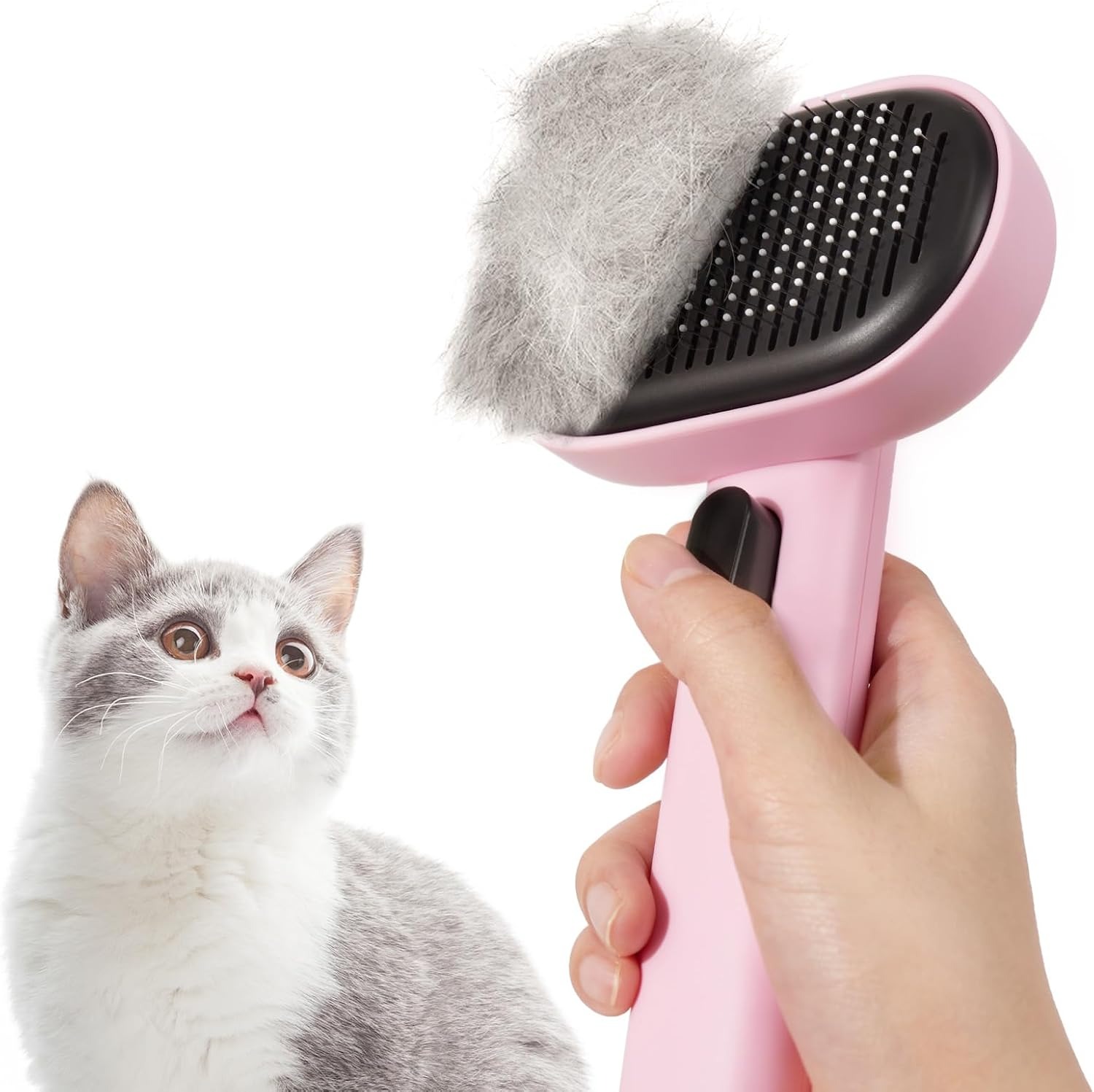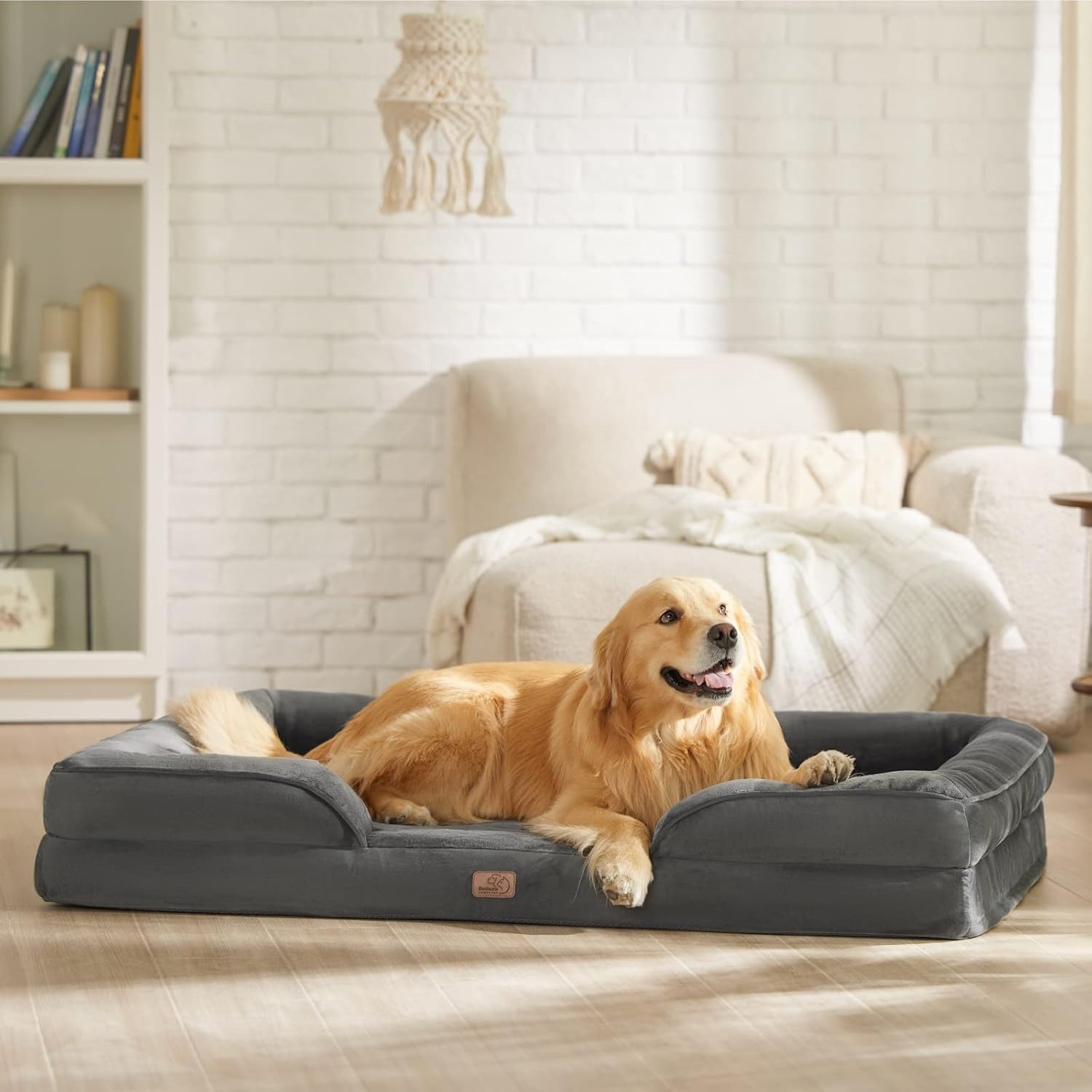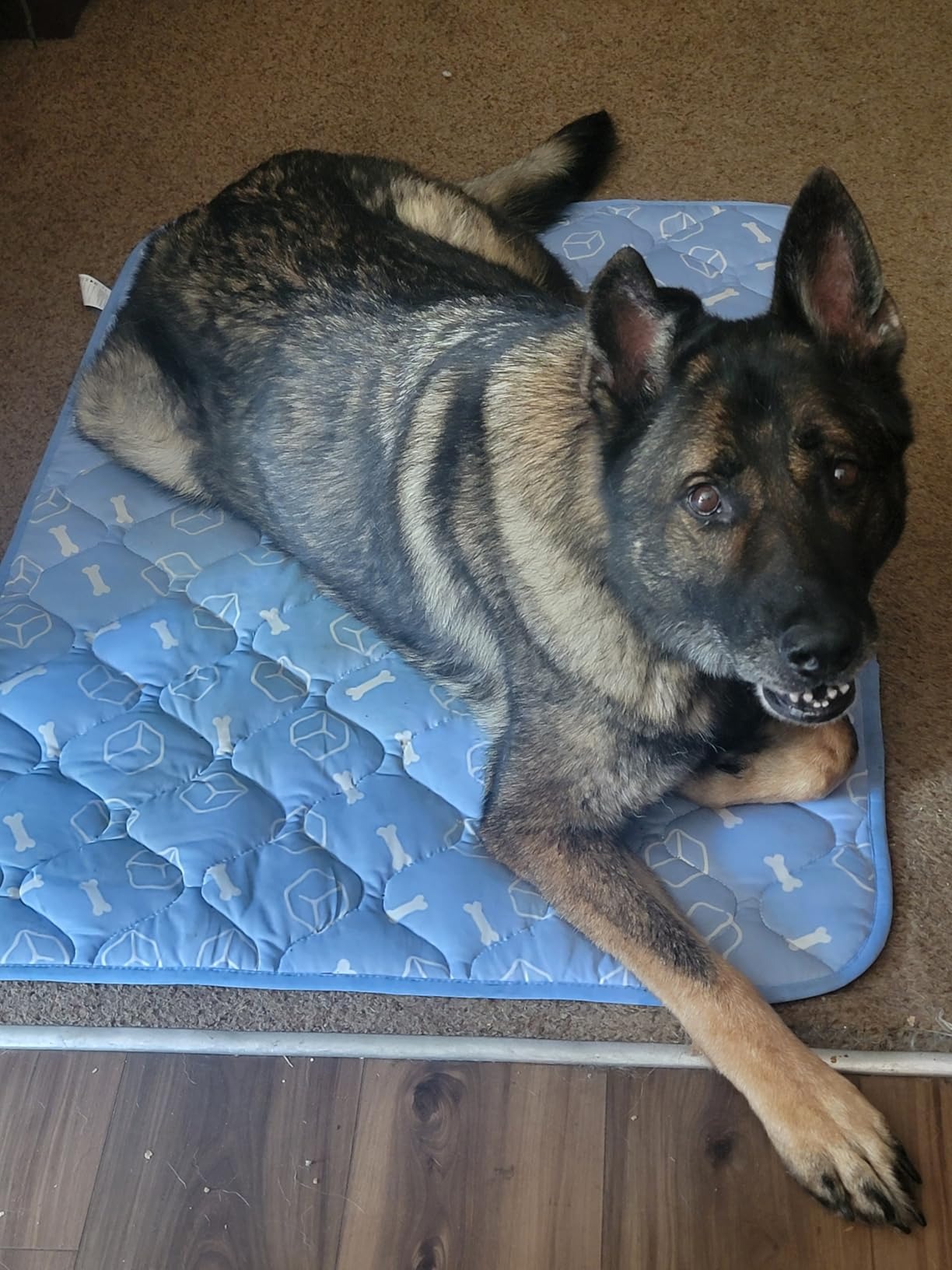Introduction to Cat Grooming Brush: Beyond Surface Care
A cat grooming brush is essential for maintaining your feline’s health and well-being. Beyond removing loose fur, it prevents hairballs, distributes natural skin oils, and detects underlying issues like skin irritation or parasites. The right tool—such as a cat deshedding tool with stainless steel pins—can reduce shedding by up to 50%, keeping your home cleaner while keeping your cat comfortable.
Regular brushing strengthens the bond between you and your pet, providing gentle massage and trust-building interaction. For long-haired breeds like Persians, a hypoallergenic brush minimizes dander, benefiting allergy-prone owners. It also uncovers hidden problems: matted fur may signal stress, while redness could indicate fleas.
Modern brushes go further: ergonomic designs reduce hand strain, and silicone bristles trap allergens. Pairing a cat grooming brush with accessories like nail clippers creates a holistic care routine. Whether for daily maintenance or seasonal mat removal, this tool ensures a healthy coat and a happier cat.
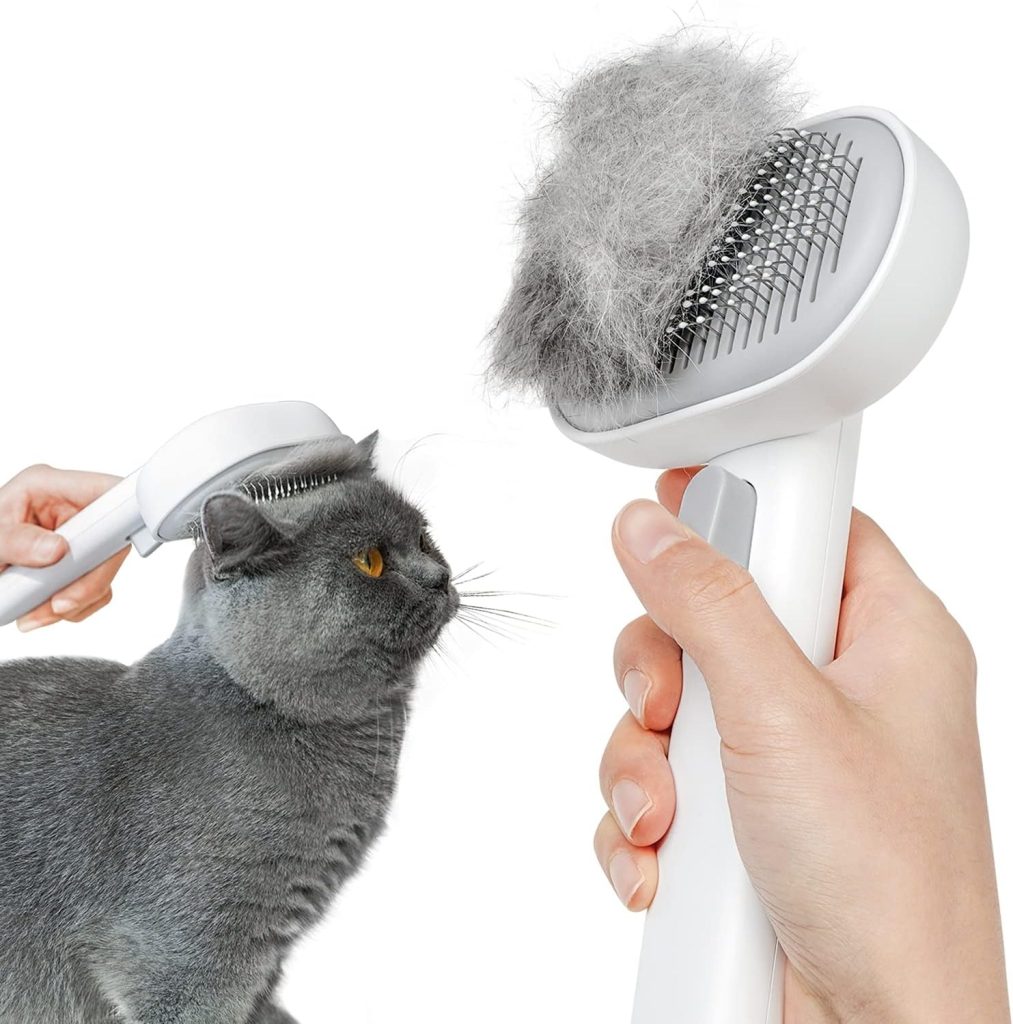
The Evolution of Cat Grooming Tools
Cat grooming tools have evolved dramatically over centuries, from rudimentary instruments to sophisticated designs tailored to feline needs. The earliest cat grooming brushes were simple wooden or bone combs used in ancient civilizations like Egypt, where cats were revered. These tools focused on basic fur maintenance but lacked functionality for health monitoring.
The Industrial Revolution brought metal innovations: steel-toothed combs emerged in the 19th century, enabling deeper undercoat penetration. By the 1950s, pet grooming combs incorporated rubberized edges to reduce skin irritation, marking a shift toward comfort-focused design.
Modern advancements introduced specialized tools like the cat deshedding tool, featuring stainless steel pins to extract loose undercoat without harming the top layer. Silicone-based brushes, such as hypoallergenic brushes, rose in popularity for trapping dander and minimizing allergens—a breakthrough for sensitive owners.
Today’s tools emphasize customization and sustainability. Ergonomic handles, LED-lit brushes for nighttime use, and eco-friendly bamboo combs reflect evolving priorities. Smart brushes with sensors even track brushing frequency and send alerts via apps, merging tech with pet care.
This evolution underscores a broader goal: tools now address not just fur care but overall health, bonding, and environmental impact. The cat grooming brush has transformed from a utilitarian item to a multifunctional ally in holistic pet wellness.
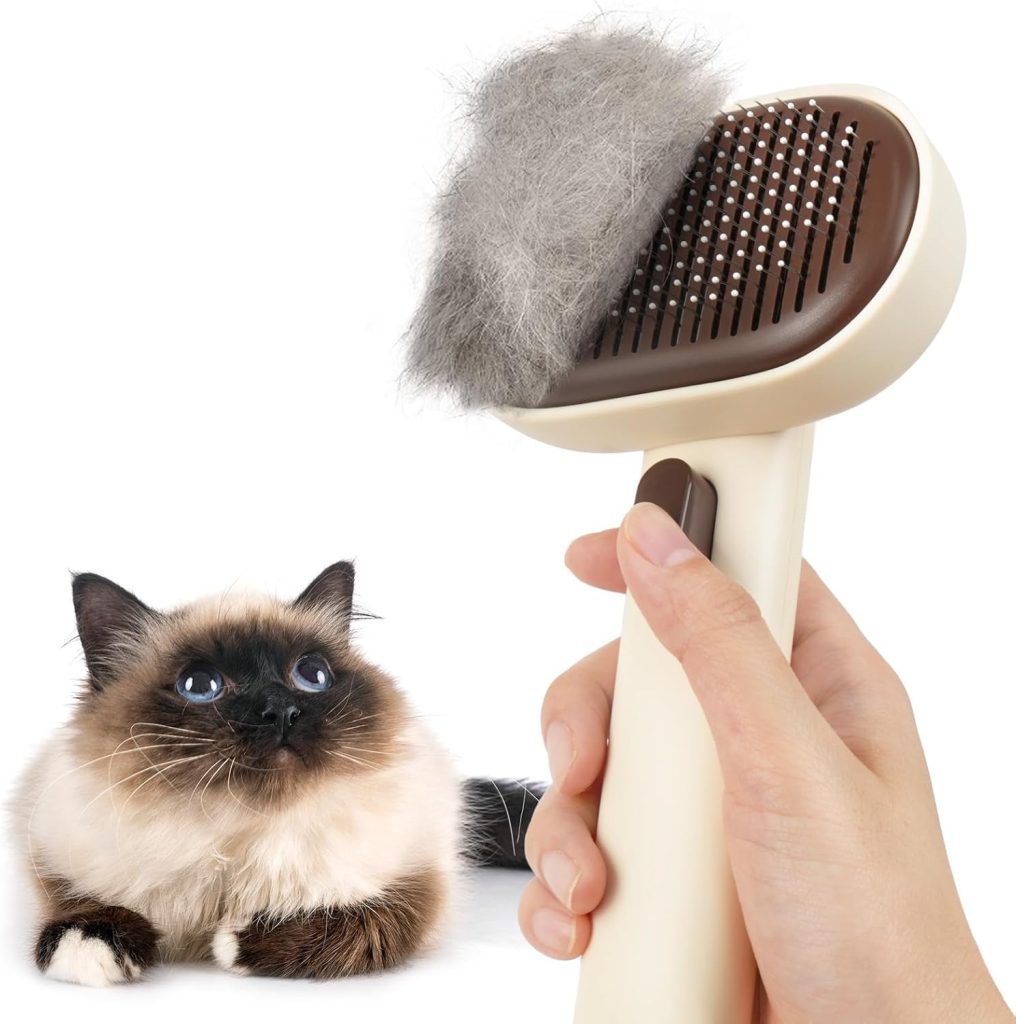
Types of Cat Grooming Brushes and Their Uses
Choosing the right cat grooming brush depends on your cat’s coat type and needs. Here’s a guide to common types:
- Slicker Brush
- Design: Fine, fine-toothed metal pins on a flat surface.
- Use: Breaks up mats, removes undercoat fur, and prevents hairballs. Ideal for long-haired breeds like Maine Coons.
- Caution: Avoid overuse on sensitive skin to prevent irritation.
- Undercoat Rake (Deshedding Tool)
- Design: Wide-spaced metal teeth with a ergonomic handle.
- Use: Extracts loose undercoat without harming top fur. Great for shedding seasons in breeds like Persians.
- Pin Brush
- Design: Longer, spaced-out pins with a soft rubber base.
- Use: Daily grooming for short-haired cats (e.g., Siamese). Distributes natural oils and removes surface fur.
- Rubber Massage Brush
- Design: Textured silicone pads with raised nubs.
- Use: Stimulates blood flow, reduces static cling, and minimizes dander. Perfect for allergy-friendly hypoallergenic brushes.
- Electric Grooming Brush
- Design: Motorized rotating bristles.
- Use: Quickly detangles thick coats but requires short sessions to avoid overheating the cat’s skin.
Key Considerations:
- Coat Length: Long-haired cats need slickers or rakes; short-haired breeds benefit from pin brushes.
- Skin Sensitivity: Opt for hypoallergenic brushes with silicone or rounded tips.
- Maintenance: Clean bristles regularly to remove trapped fur and prevent bacteria buildup.
The right cat grooming brush ensures effective care while strengthening the bond between you and your feline.
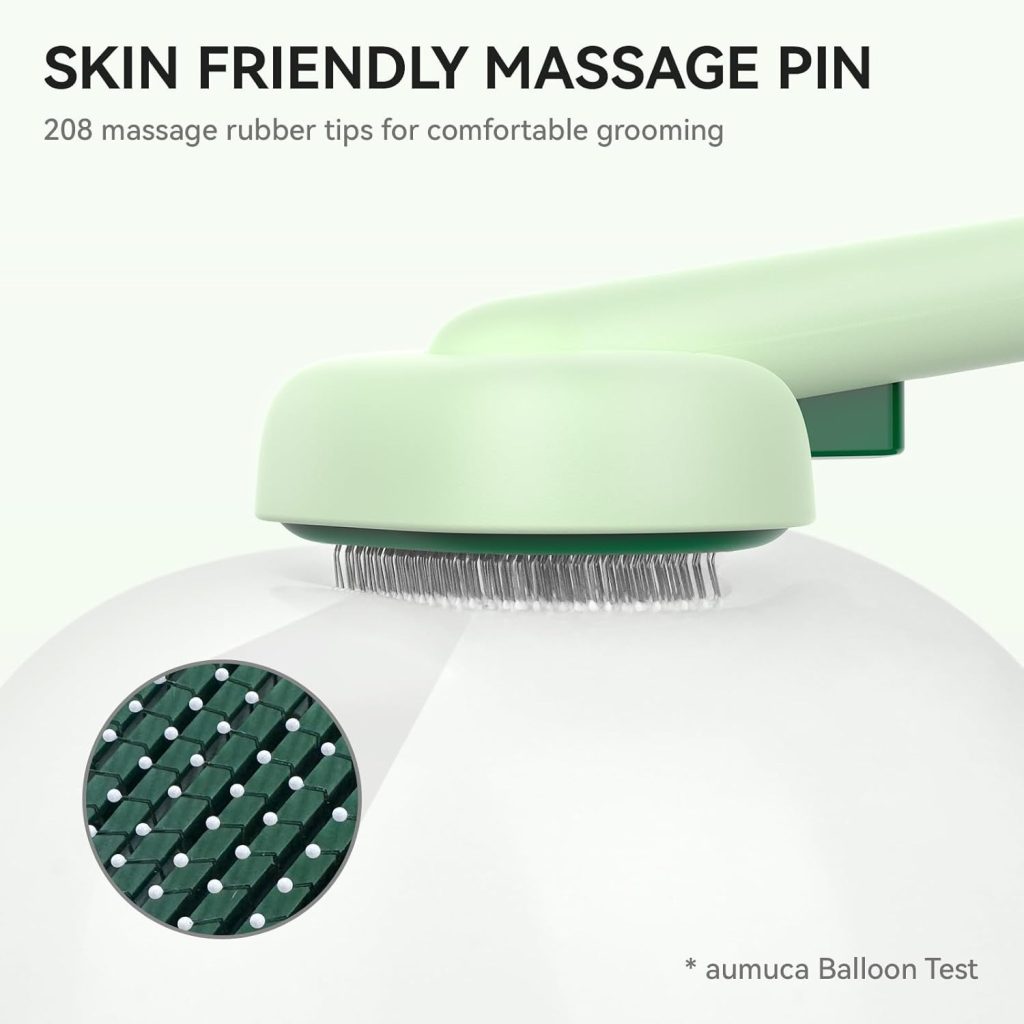
Benefits of Regular Brushing for Cats
Regular use of a cat grooming brush offers profound benefits beyond surface cleanliness. Here’s how it enhances your cat’s health and your shared life:
- Prevents Hairballs
Brushing removes loose fur your cat would otherwise ingest. Studies show this reduces hairball incidents by up to 70%, easing digestive discomfort. - Maintains Skin Health
A cat deshedding tool stimulates blood circulation, distributing natural oils for a shiny coat. It also uncovers hidden issues like fleas, ticks, or skin redness early. - Reduces Shedding
Weekly brushing cuts loose fur by 50%, minimizing furniture and clothing lint buildup. For long-haired breeds, it prevents mats that can cause pain or skin irritation. - Strengthens the Human-Pet Bond
Daily sessions create trust and calmness, especially for anxious cats. The rhythmic motion mimics mutual grooming behaviors seen in feline social groups. - Early Health Detection
Brushing reveals lumps, weight changes, or coat thinning—potential signs of illness. For instance, excessive shedding may indicate thyroid issues. - Eco-Friendly Advantage
Less shed fur means fewer disposable wipes or vacuum replacements, aligning with sustainable pet care.
Investing 5–10 minutes daily with the right cat grooming brush ensures a healthier, happier cat—and a cleaner home.
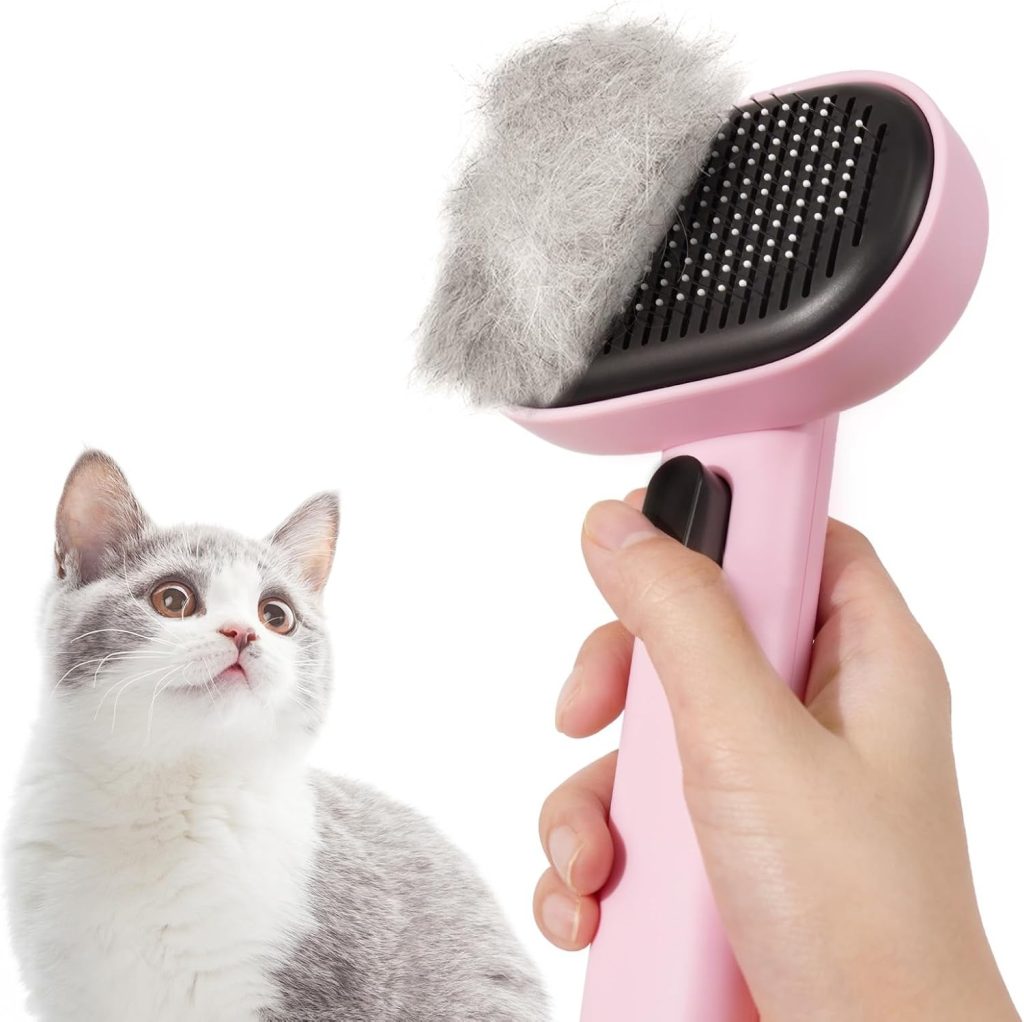
Choosing the Right Cat Grooming Brush
Selecting the ideal cat grooming brush requires considering your cat’s needs and your grooming goals. Follow these steps for the perfect match:
- Assess Your Cat’s Coat Type
- Long-Haired Breeds (e.g., Persians): Use a cat deshedding tool with stainless steel pins to tackle undercoat and mats.
- Short-Haired Cats (e.g., Siamese): Opt for a soft pin brush to avoid skin irritation.
- Sensitive Skin: Choose a hypoallergenic brush with silicone bristles to minimize dander and irritation.
- Material Matters
- Metal Brushes: Durable but avoid sharp edges that scratch skin.
- Silicone/Rubber Brushes: Gentle for daily use and allergy management.
- Eco-Friendly Options: Bamboo handles or recycled plastic reduce environmental impact.
- Design Features
- Ergonomic Handles: Prevent hand strain during long sessions.
- Adjustable Combs: Some tools let you change bristle spacing for varied coat densities.
- Compact Size: Travel-friendly brushes for on-the-go care.
- Quality & Reviews
- Check user reviews for durability—avoid flimsy plastic combs that break easily.
- Brands like FURminator are trusted for deshedding tools, while Furbo offers tech-integrated options.
- Budget Considerations
- Basic brushes cost 10–20; premium tools with advanced features may reach $50+.
Example Pairing: A Maine Coon owner might choose a slicker brush for daily detangling paired with a rubber massage brush for weekly skin care.
Step-by-Step Guide to Effective Brushing
Follow this method to make brushing a stress-free, beneficial routine for you and your cat:
- Prepare Tools & Environment
- Gather your cat grooming brush (e.g., slicker brush for long hair) and a damp cloth.
- Choose a quiet, well-lit area. Have treats ready to reward calm behavior.
- Start Slowly
- Let your cat sniff the brush to reduce fear. Begin with 2–3 minutes daily, gradually increasing time.
- Use a soft hypoallergenic brush first to build trust if your cat resists.
- Brush in Sections
- Body: Start at the neck and work backward, brushing against the fur’s grain to lift undercoat.
- Tail & Legs: Use gentle strokes; avoid sensitive areas like armpits.
- Face/Neck: Skip unless your cat is extremely calm—focus on the body first.
- Handle Mats Gently
- For knots, use a cat deshedding tool to tease mats apart. Never pull—cut loose with scissors if stuck.
- Clean & Reward
- Wipe the brush frequently to remove fur. Offer a treat post-session to reinforce positivity.
- Post-Brushing Care
- Wipe your cat’s paws and belly with a damp cloth to remove dander.
- Dispose of collected fur to prevent reinhalation of allergens.
Frequency Tips:
- Short-haired cats: 2–3 times weekly.
- Long-haired breeds: Daily sessions.
Beyond Brushing: Complementary Tools for Cat Care
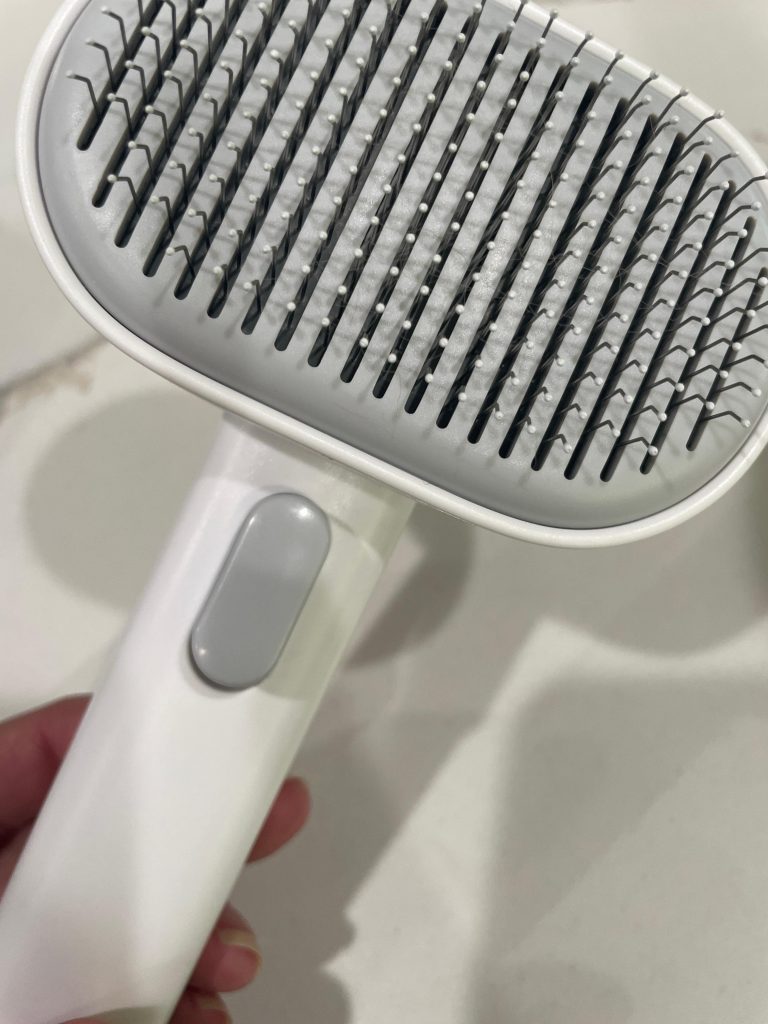
While a cat grooming brush is essential, a holistic routine requires additional tools to address your cat’s full wellness needs:
- Nail Clippers
Trim claws every 2–3 weeks to prevent scratching furniture or injury during play. Look for ergonomic clippers with safety guards to avoid cutting the quick (blood vessel). - Cat Ear Cleaner
Use a vet-approved solution to gently clean ear canals, preventing wax buildup and infections. Pair with soft cotton balls—never insert tools into the ear canal. - Fur Removal Roller
A handheld roller like the Furminator Glove traps shed fur from furniture and fabrics. Use it weekly to complement brushing and reduce allergens in the home. - Pet-Safe Bath Products
For baths (rarely needed), choose pH-balanced shampoos. Opt for oatmeal-based formulas to soothe sensitive skin after a cat grooming brush session. - Dental Care Kit
Include a finger brush and enzymatic toothpaste to clean teeth weekly, reducing tartar buildup and bad breath. - Mat-Separating Spray
Apply detangling sprays (e.g., cornstarch-based) before brushing knotted fur, making it easier to use a cat deshedding tool without pulling.
Key Synergy:
- Use a hypoallergenic brush first, then a fur roller to finish.
- After bathing, dry with a microfiber towel to avoid static.
These tools work together to create a comprehensive care system that enhances hygiene, comfort, and your cat’s overall health.
FAQs About Cat Grooming Brushes
Q: How often should I brush my cat?
A: Short-haired cats: 2–3 times weekly. Long-haired breeds: daily. Adjust based on shedding volume.
Q: Can I use a human brush for my cat?
A: No—human brushes may have sharp bristles. Opt for a cat deshedding tool or hypoallergenic brush designed for feline skin.
Q: How do I remove severe mats?
A: Use scissors only as a last resort. First, try a mat-separating spray and a slicker brush. Always cut away from the skin to avoid injury.
Q: Do I need to clean my grooming brush?
A: Yes! Rinse bristles weekly and disinfect monthly with mild soap to prevent bacteria buildup.
Q: What brush is best for sensitive cats?
A: Choose a hypoallergenic brush with silicone or rounded tips to minimize irritation. Start sessions gently to build trust.
Q: My cat hates brushing—what can I do?
A: Begin with 1–2 minute sessions, reward with treats, and use a soft rubber brush. Gradually increase time as they relax.
Q: Are electric brushes safe?
A: Yes, but use short sessions (5–10 minutes) and monitor your cat’s comfort. Ideal for thick coats but avoid sensitive areas.
By addressing these concerns, the cat grooming brush becomes a trusted tool for maintaining your feline’s health and happiness.




